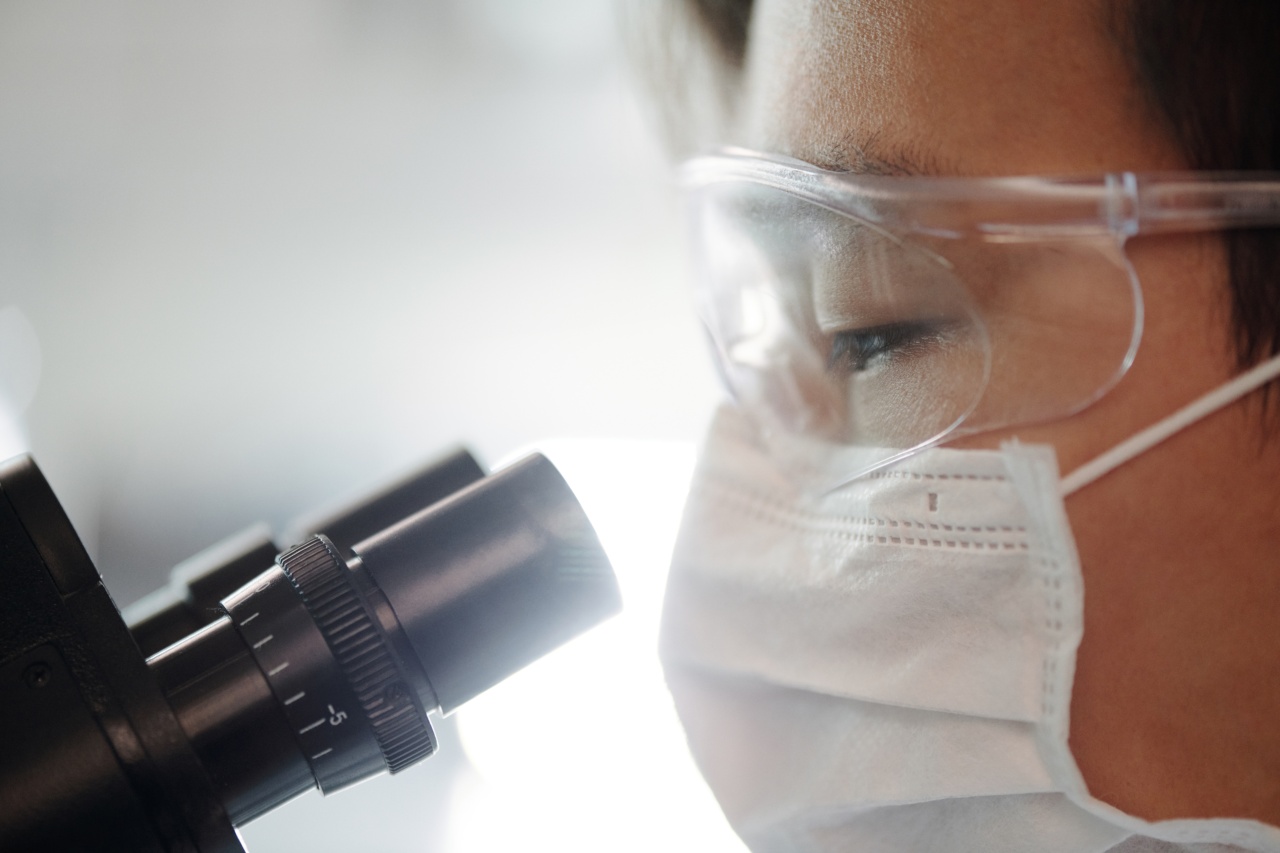Low blood pressure, or hypotension, occurs when the blood pressure in your arteries is abnormally low. This can cause dizziness, fatigue, and fainting. While low blood pressure is not always a cause for concern, in severe cases it can be life-threatening.
In this article, we will cover the causes, symptoms, and treatment of low blood pressure.
Causes of Low Blood Pressure
There are numerous causes of low blood pressure, including:.
Dehydration
Dehydration is a common cause of low blood pressure, particularly in hot weather or after exercising. When we become dehydrated, we lose fluids and electrolytes, which can cause our blood pressure to drop.
Pregnancy
Pregnancy can also cause low blood pressure, due to the changes in the body and the increased demand on the circulatory system. This is usually temporary and resolves after giving birth.
Heart Problems
Heart problems, such as a weak heart muscle or a heart valve disorder, can also cause low blood pressure. When the heart is unable to pump blood effectively, the blood pressure can drop.
Medications
Certain medications, such as diuretics and beta blockers, can also cause low blood pressure as a side effect.
If you are experiencing low blood pressure and you are taking medication, speak to your doctor, as they may be able to adjust your dosage or prescribe an alternative medication.
Endocrine Disorders
Endocrine disorders, such as hypothyroidism, Addison’s disease, or diabetes, can also cause low blood pressure. These disorders affect the body’s hormone levels, which can impact blood pressure.
Symptoms of Low Blood Pressure
The symptoms of low blood pressure can vary depending on the severity and cause of the condition. Common symptoms may include:.
Dizziness or lightheadedness
One of the most common symptoms of low blood pressure is dizziness or lightheadedness. This can be particularly noticeable when standing up from a seated or lying position, and may cause you to feel faint or unsteady.
Fainting or passing out
In severe cases of low blood pressure, you may experience fainting or passing out. If you experience this symptom, it is important to seek medical attention immediately.
Blurred vision
Low blood pressure can also cause blurred vision or tunnel vision. This is due to the decreased blood flow to the eyes.
Rapid, shallow breathing
Low blood pressure can cause shallow breathing or shortness of breath. This is due to the decreased oxygen supply to the lungs.
Treatment for Low Blood Pressure
The treatment for low blood pressure will depend on the underlying cause of the condition.
In some cases, low blood pressure may not require treatment, and simply increasing fluid and salt intake can be enough to raise blood pressure back to normal levels. However, in more severe cases, medical treatment may be necessary.
Fluids and Salt
Increasing your intake of fluids and salt can help raise your blood pressure back to normal levels. Drinking water, sports drinks or other electrolyte-rich fluids can help rehydrate your body and replenish electrolytes.
Medications
If your low blood pressure is caused by medication, your doctor may be able to adjust your dosage or prescribe an alternative medication that does not have this side effect.
Compression Stockings
Wearing compression stockings can help improve blood flow, particularly in the legs, by applying pressure to the veins. This can help increase blood pressure and reduce the risk of fainting or passing out.
Medications to Increase Blood Pressure
In more severe cases of low blood pressure, medications may be necessary to raise your blood pressure back to a normal level. These medications may include fludrocortisone or midodrine.
Conclusion
Low blood pressure can be a concern but is usually not life-threatening. If you experience symptoms of low blood pressure, such as dizziness or fainting, speak with your doctor.
They can help diagnose the cause of your low blood pressure and recommend the appropriate treatment.






























